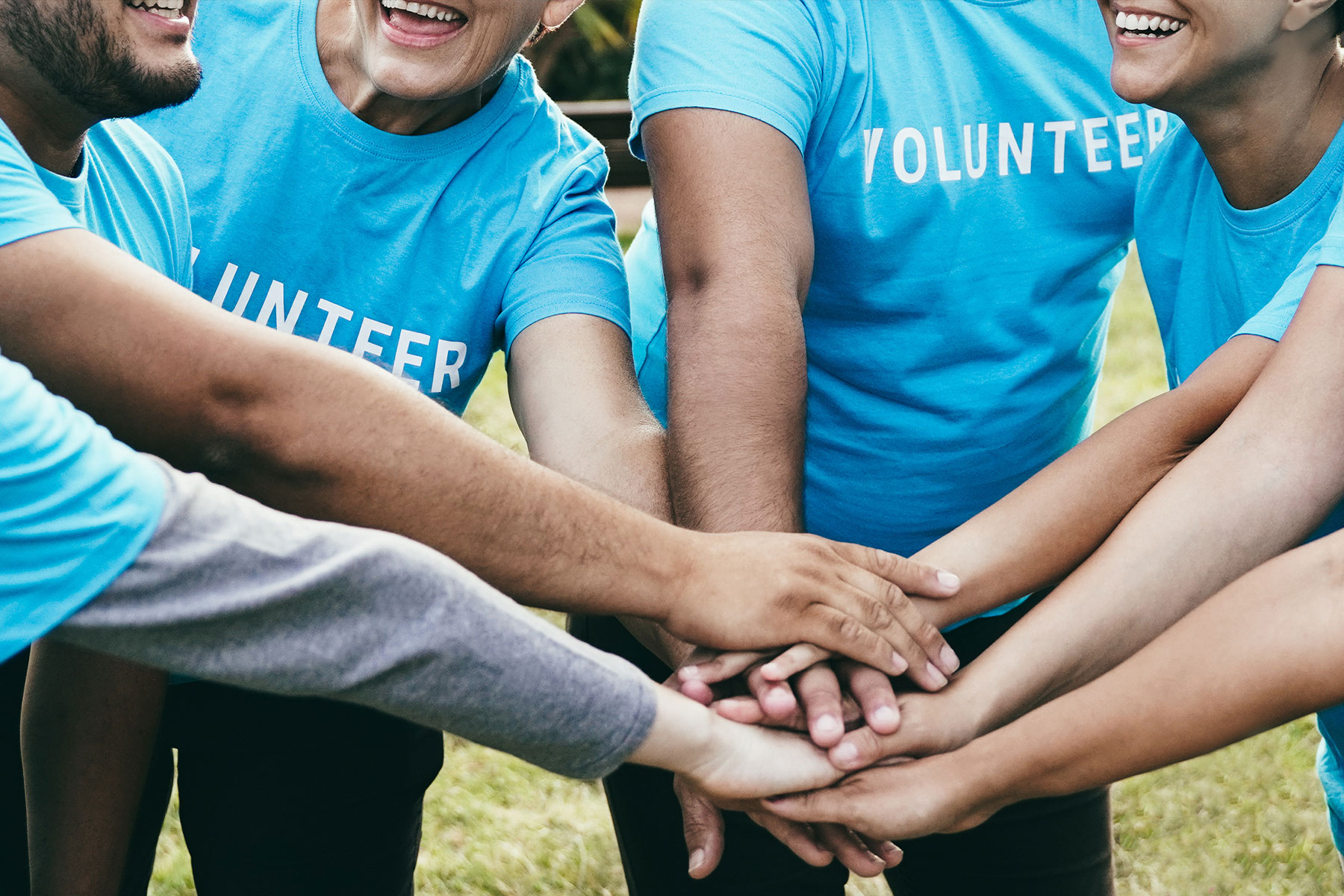The events of 2020, from the onslaught of the COVID-19 pandemic to the surge of the racial justice movement, brought racial disparities and social justice to the forefront of public discourse. In 2020, giving to social and racial equity causes increased across all demographics—but donors of color are leading the charge in social justice fundraising.
In their latest report, “Everyday Donors of Color: Diverse Philanthropy During Times of Change,” the Indiana University Lilly Family School of Philanthropy explores the causes and implications of this changing landscape of donor demographics. The report incorporates data from a literature review, a national survey, seven focus groups, and two case studies on mutual aid.
Although giving to social justice causes increased from 13 percent in 2019 to 16 percent in 2020, little research has previously been done on the demographics of this growing donor population. The Lilly Family School of Philanthropy’s report is changing that.
Key Findings:
Donors of color are more likely to give to racial and social justice causes than white donors are. Among donors of color, Asian and Black Americans have the highest rates of racial and social justice giving. The study showed that 31 percent of Asian donors and 19 percent of Black donors give to social justice causes. This grouping of racial and social justice donors tends to be younger, unmarried, and less religious than other charitable donors.
Across all surveyed, donors of color tend to focus their giving on four principal types of organizations: religious, educational, civil rights and arts, and financial wellness. The data shows that generosity among donors of color has deep roots in faith, and the growing need to “level the playing field” and ensure the success of future generations often informs donors’ decisions to give.
Historic distrust of large nonprofit institutions leads to a preference for direct giving. Donors of color are more likely to donate through more “informal” channels than through mainstream nonprofit institutions. Donors of color tend to prefer direct, local giving that shows an immediate positive effect, such as giving circles, online giving, and mutual aid networks. Mutual aid networks provide a way to redistribute wealth among communities of color and saw significant use when COVID-19 struck. Black Americans, in particular, give through mutual aid networks: 86 percent reported using mutual aid to give to people they know, while 76 percent reported giving to strangers through the same networks. Crowdfunding is also on the rise as a form of direct giving, and among surveyed donors of color who gave to social justice causes in 2019, 59 percent reported giving through crowdfunding.
The informal nature of mutual aid and other direct forms of giving means that donors of color are often excluded from the overall landscape of philanthropy. The statistics of philanthropy often focus on charitable giving, not counting direct donations to those in need as a form of philanthropy. In a survey of 1,535 households of color across the country, 53 percent volunteered in any given year, 34 percent donated blood, and 70 percent donated goods. Because non-monetary acts of generosity like these are not often included in the general landscape of philanthropic giving in the US, people of color tend to be underrepresented as donors.
Implications and Impact:
Despite heightened awareness of racial inequality, giving is still not equitable across philanthropy. Social and racial justice giving across demographic groups and gift types spiked after the killing of George Floyd in May 2020, but it has since declined. This reality shows that donors of color exist in a philanthropic landscape that is not consistently receptive to their needs; as a result, they give primarily to organizations that serve their own communities, thus engaging in a form of “self-help” philanthropy.
Collectivity and collaboration are the hallmarks of giving among many donors of color. Through a collaborative, community-oriented approach to giving, donors of color are changing the face of philanthropy in the US, a shift that was readily apparent through the crises of 2020. Nontraditional methods of giving such as crowdfunding and mutual aid networks emphasize the collective, redefining the philanthropic space through a focus on immediate response and direct impact.
Embracing informal giving practices such as mutual aid, crowdfunding, and non-monetary donations is crucial for broadening the philanthropic landscape to include more donors of color. Data shows that despite their lower net worth, Black Americans give a greater percentage of their income to charitable causes than other groups (Black Americans donate a higher share of their wealth than Whites). As the giving practices of many people of color are not encompassed by traditional donation methods, creating an inclusive culture of philanthropy is dependent in part on expanding our definition of what constitutes giving. As individual nonprofits and philanthropic institutions expand their definitions of giving to include volunteering, in-kind contributions, and direct giving, we can begin to widen and define the philanthropic space to encourage diversity and inclusivity within the shifting culture of giving.
A Few Opportunities for Increasing Donors of Color:
- Offer a greater range of opportunities for donors to target their gifts toward specific areas of interest (for example, local community initiatives, social justice initiatives, faith-based organizations).
- Expand the volunteer pool by providing local engagement opportunities.
- Expand access to giving portals that allow for the aggregation of gifts.
Read the report from the Lilly Family School of Philanthropy here.




